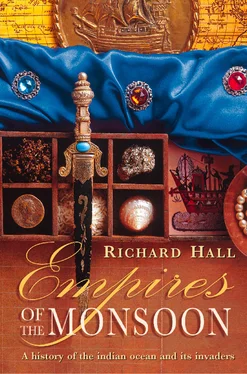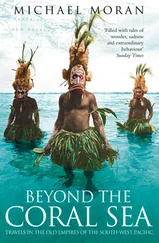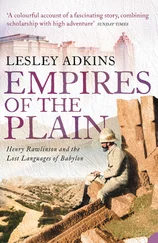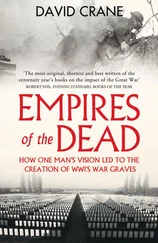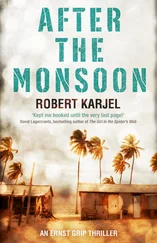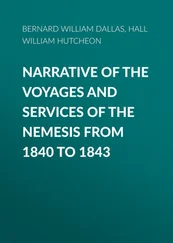In the closing decade of the thirteenth century, when his long stay in the East neared its end, Marco sailed once more across the Indian Ocean, with his now elderly father and uncle. They were travelling in great style and comfort, in a fleet of fourteen junks fitted out to the orders of Kubilai Khan, and were on their way to Persia, to the court of King Arghon.
The task given to the Venetians was to present Arghon, whose Christian wife had died, with a new bride selected by Kubilai Khan; she was a seventeen-year-old princess ‘of great beauty and charm’ named Kokachin. However, for some unexplained reason the fleet took almost two years to deliver the princess to Persia, by which time Arghon had died in battle. His brother Gaykhatu, now ruling in his place, told her escorts that Kokachin should instead become the bride of Arghon’s young son Ghazan, who happened to be away at the time fighting a war at the head of 60,000 troops. This instant solution seems to have satisfied everyone, including the princess. The Polos set off again towards the west, to Europe and home, their duty done.
It was a misfortune for them that they had reached Persia just too late to meet Arghon, for no Mongol ruler had ever been keener to unite with European Christianity in a great war to vanquish Islam (which was, at that moment, temptingly weak and disunited). In the course of his seven-year reign Arghon sent four missions to Europe, vainly appealing for a commitment to a simultaneous assault on both flanks. One mission was led by a Genoese named Buscarel, who arrived in his home city a year before the Vivaldi brothers set out to circumnavigate Africa. His stories of the riches of the East may well have encouraged the Vivaldis to embark upon their ill-fated voyage.
The most eminent of Arghon’s envoys was Rabban (‘Master’) Sauma, a Chinese Christian of the Nestorian faith. 4His formidable journey illustrates how contacts between Asia and Europe flourished during the brief outward-looking interlude of Mongol power towards the end of the thirteenth century. Sauma had been born in Canbaluc (later called Beijing), and after long years of religious study travelled to Persia. His companion was a prominent fellow-Christian named Yaballaha, who was a Mongol. They had reached Baghdad, religious capital of the Nestorian sect to which they belonged, just as their patriarch was dying; Yaballaha was chosen to replace him.
The new patriarch fervently supported Arghon’s plans for a combined onslaught on Islam, so he put forward his friend Sauma as the best person to go to Europe to advance this cause. Helped on his way by King Arghon’s gifts of gold and thirty horses, Sauma rode the well-used route to the Black Sea port of Trebizond, then to Constantinople and on to Italy and Rome. Wherever he went he noted down everything of interest: the eruption of Etna as his ship sailed up the coast of Sicily, a sea battle off Naples, the beauties of the country round Genoa (‘a garden like Paradise, where the winter is not cold, nor the summer hot’). The northernmost point of his itinerary was Paris, where he met Philippe IV and was impressed to learn that the University of Paris had 30,000 students.
From there he rode to Bordeaux to present gifts to Edward I of England. He had some trouble with the names, recording him as ‘King Ilnagtor in Kersonia’; that is, King of Angleterre in Gascony. But Edward was so gratified by the message borne by his Chinese visitor that he wrote a letter promising to fight in the proposed conflict to extirpate the ‘Mohometan heresy’ for good. Back in Rome in February 1288, Sauma met the newly-elected Pope, Nicholas IV, and ‘wept with joy’ when Nicholas gave him the Eucharist.
In the end, Sauma’s diplomatic efforts were as fruidess as all the rest. Although the Mongols had once believed that the sky-god Tenggeri had chosen them to conquer the entire world, when their enthusiasm for the task waned they turned in upon themselves and retreated to the steppes. The Silk Route was closed to Europeans and the Indian Ocean, with all its bustling commerce, remained even less accessible. The wondrous world the Polos had known once again became little more than a tantalizing legend for the Christians of the West.
SEVEN
The Wandering Sheikh Goes South
The people of Greater India are a little darker in colour than we are, but in Ethiopia they are much darker, and so on until you come to the black negroes, who are at the Equator, which they call the Torrid Zone.
—Nicola de’ Conti, quoted in Travels and Adventures of Pero Tafur , 1435–39
THE YEAR AFTER Marco Polo died, a young Berber lawyer bade farewell to his family and friends in Tangier before setting off on a lifetime of travel. Just as it was claimed for the Venetian merchant in his lifetime that no other man had ‘known or explored so many parts of the world’, so it would be said on Ibn Battuta’s behalf that ‘it must be plain to any man of intelligence that this sheikh is the traveller of the age’. Both men went to China and India, both sailed across the Indian Ocean, but Ibn Battuta went further, by making two visits to Africa. He probably travelled 75,000 miles to Marco Polo’s 60,000; but the cultural dominance by Christian Europe has bestowed fame upon the Venetian merchant, whereas the rumbustious Moroccan judge has fallen into relative obscurity.
As their lives overlapped, so did their routes in many distant corners of the world. Moreover, they have much in common as narrators. Both enjoy telling outlandish anecdotes, although Marco’s tales often have that typically medieval mixture of farce and earthiness found in Chaucer and Boccaccio, whereas Ibn Battuta, as befits his profession and Muslim piety, is more reserved as a story-teller, while never hiding his enthusiasm for life. The most marked difference is that Ibn Battuta uses the first person singular liberally and keeps himself constantly at the centre of the stage. His narrative is a mixture of travelogue and autobiography.
Although both men exaggerated now and then about the populations of faraway cities, the numbers killed in wars or the riches of foreign potentates (which may be the origin of Marco’s nickname ‘Il Milione’), whenever their memoirs can be checked against independent evidence both turn out to be substantially accurate. On occasion their descriptions of places and customs are so similar that it seems almost beyond coincidence.
Ibn Battuta never reveals whether he had heard of Marco Polo, or if he was conscious of so often following closely in his footsteps. Possibly he did know of him, for Ibn Battuta’s own links with Europe were especially strong, and by the time he was planning his first journey the Polo manuscript had already been translated into several European languages. The Moroccan lawyer had been born into a family of the Berber élite, and Berbers had been settled in Spain for six centuries – ever since 711, when they crossed the narrow straits from Africa in the forefront of the all-conquering Arab armies. The intellectual heart of his world lay in Cordoba, an Islamic but cosmopolitan city with seventeen libraries containing 400,000 books; no other place in western Europe rivalled it as a centre of learning. (Academies in the Christian parts of Spain were dedicated to acquiring from Cordoba and other Andalusian cities the Arab manuscripts containing the great works of Greece and Rome, then translating them into Latin.)
Although a renewed struggle to drive the ‘Moors’ from Spain had deepened the cleavage between opposing religions in the Mediterranean region, differences were often still only of degree, even on such a basic human issue as slavery. While Marco Polo never speaks of owning slaves, apart from granting freedom in his will in 1224 to a man identified as Peter the Tartar, his ‘Serene Republic’ had for centuries thrived on the trade. Venice shipped the captives of European wars to Alexandria, where they were exchanged for the silks and spices of the East. There was also an active slave market in Crete, a Venetian colony, and another in Cyprus selling negroes shipped to Spain from North Africa, then brought along the Mediterranean in galleys. 1
Читать дальше
